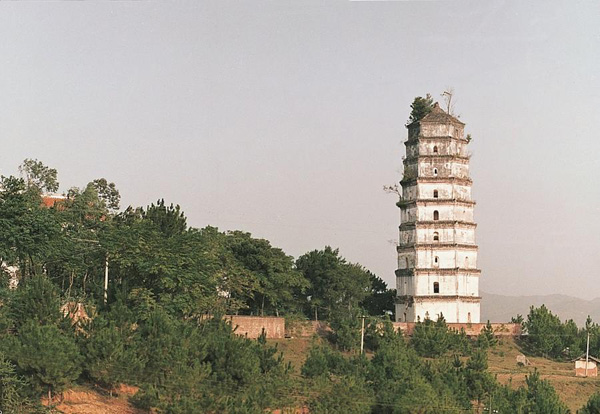


 |
|
A file photo shows the scene of Ruijin, Jiangxi province. [Photo/Xinhua] |
The military expedition, from October 1934 to October 1936, known as the Long March, helped the Red Army, the forerunner of the People's Liberation Army, to evade encirclement by the Kuomintang army.
An 80,000-strong Red Army set out from Ruijin, Jiangxi province, in October 1934. But around 50,000 soldiers died in the battle of crossing the Xiangjiang River in Guangxi Zhuang autonomous region in late Nov and early Dec 1934.
The major setback led the Political Bureau of the CPC Central Committee to hold an enlarged meeting in Zunyi, Guizhou province, in January 1935, a turning point in the history of both the CPC and Chinese revolution.
The Zunyi meeting established a new central leadership headed by Mao Zedong who led the Red Army out of the enemy troops' clutches to set a revolutionary base in Yan'an, Shaanxi province.
Trekking over waters and mountains amid battles, the Central Red Army arrived at the Wuqi town in Shaanxi province, ending its long march, on October 19, 1935.
The other two major forces of the Red Army – the Second Front Army and the Fourth Front Army – started their expeditions in 1935. They joined forces in Garze county, Sichuan province, in July 1936 and went north together.
On October 22, 1936, the three major forces of the Red Army joined forces in Gansu province. The long march of the Red Army came to an end.
The march won wide praise across the world. In the book The Long March: The Untold Story by Harrison E. Salisbury, he said "It was a great human epic which tested the will, courage, and strength of the men and women of the Chinese Red Army."
Compared to the Long March era, earthshaking changes have been taking place in China. The fact is China has grown from an impoverished, falling-apart country into the second largest economy in the world.
It was Mao Zedong who led the Long March in the 1930s. And now it is "Xi Jinping's destiny to be the leader of China's 'Second' Long March," according to Khairy Tourk, associate member of the Center for East Asian Studies of the University of Chicago and professor of Stuart School of Business of Illinois Institute of Technology.
Related:
Major events by the Second Front Army of the Red Army
Long march of the Fourth Front Army of the Red Army
